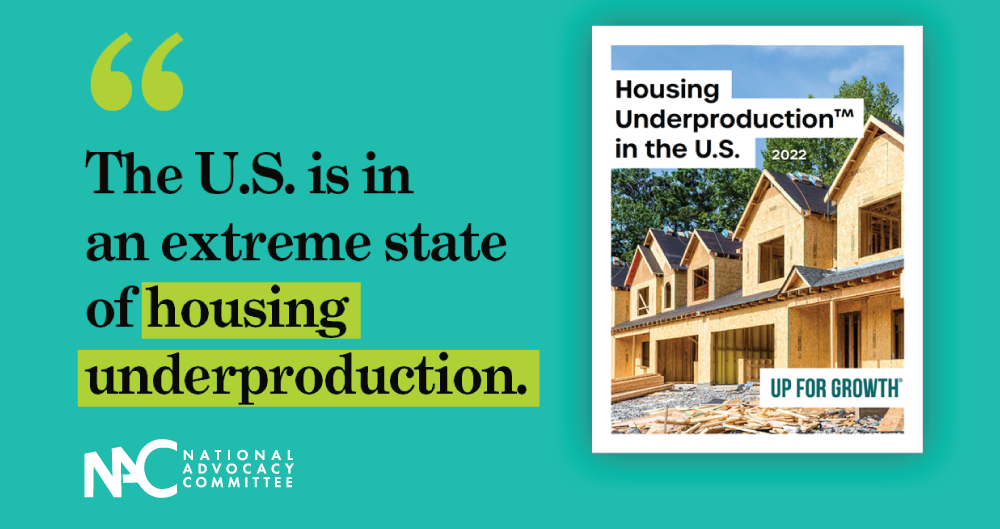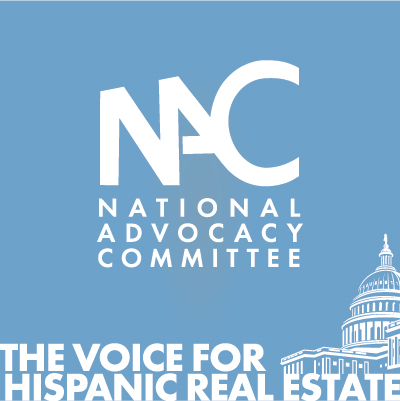Housing underproduction
Celebrating NAHREP familia, cultura, politics, and grassroots action
July 21, 2022
Qué onda mi gente?!
Where are all my runners at? I know there’s a ton of you. I’ve even heard from little pajaritos that there are a few NAHREP running groups out there. First of all, I don’t know that I can call myself a runner just yet, but I’ve recently taken it on again after a long hiatus and it is making me so happy. I’ve made a list of all of the best running trails in San Diego (most of which are by the beach and absolutely stunning) and I’m slowly crossing them off. It is hands down the best way to appreciate and enjoy the beauty of a city.
I used to be a legit runner, particularly during my time in D.C. In 2013, I ran two marathons and would regularly run the national mall, the Georgetown waterfront, and all around the U.S. Capitol. Running time used to be my time to process emotions, brainstorm ideas, and express gratitude. However, I stopped doing it all after moving to San Diego. For some reason, the concept of driving to a running trail was weird to me after being used to just running out my door. But, I’m back at it and I can’t believe I stopped doing it for so long. But anyways, back to housing.

Housing Underproduction
We know from previous research that the U.S. is short 3.8 million units relative to demand. However, an organization we work very closely with, Up for Growth, has taken this data a step further. Last week, they released a report called Housing Underproduction in the U.S. 2022 that outlined just how bad our housing supply crisis has gotten and how governments and public-private partnerships can approach their efforts to address our housing shortage.
Up for Growth is one of the only national organizations solely focused on advocating for housing supply. This is a great report to share with your local city council and mayoral offices as it offers a roadmap toward creating density in your cities. The report offers data broken down by the city and metro level, which will be helpful in your own advocacy. NAHREP was even asked to submit a section for the report, an opportunity we are really excited about.
A key argument we make based on our research is that Latinos are disproportionately impacted by the housing supply crisis. The data derived from this report definitely backs up that argument. Based on the data Up for Growth gave us, here are some of our takeaways:
- Almost all Latinos live in a metro that is experiencing housing underproduction: 92 percent of Latinos (51 million) live in a metropolitan statistical area (MSA) experiencing underproduction, the highest of any demographic.
- Latinos live in states experiencing the highest rates of underproduction: California, Texas, and Florida have the highest housing underproduction at more than 1.6 million units. These are also three of the most populous Latino states in the U.S., home to 32.7 million Latinos, more than half of the nation’s Latino population. The Texas levels of underproduction might pose an even bigger threat to future Latino homeownership growth as Latinos are moving to Texas in search of homeownership opportunities. Texas is home to most of the “opportunity markets” we identified in the latest State of Hispanic Homeownership Report.
- Latinos are concentrated in MSAs with the highest rates of underproduction: Nine of the top ten MSAs exhibiting the highest rate of underproduction have a Latino population above the national average, and seven out of ten have a Latino population above 40 percent. The Inland Empire in California, which ranks third in the country for its share of underproduction, is the most worrisome to me. Between 2019 and 2021, the Inland Empire produced the most new Latino homeowners, adding a total of over 88,000 Latino owner households. Today, the Inland Empire has a housing underproduction share of 10.4 percent, more than triple what it was in 2012 and the third-highest share in the nation.
- In all of the top Latino markets, underproduction is getting worse: Not only is there currently housing underproduction in all of the top 10 MSAs with the largest Latino populations, but between 2012 and 2019 the problem has intensified in each of these markets. The most pronounced shift can be seen in the Phoenix-Mesa-Chandler, AZ market, which prior to 2012 was not experiencing housing underproduction but now has a housing underproduction share of 5.8 percent.
- There are very few Latinos in markets that have enough housing supply: Of the 140 MSAs that were found to be producing enough housing, only 16 of them, or 11 percent, had a Latino population at or above the national average.
Please read this report and share it with your network. If we want to continue to advance our mission and build wealth within our community, we have to solve the housing supply crisis. And, speaking of building wealth…
Don’t forget to take the State of Hispanic Wealth Report Survey
This is the last chance to take the HWP survey if you haven’t done so already. The survey closes on Monday, July 25 and your participation is critical. This survey will allow us to take a good look at our membership and inform what programs are needed to ensure that we contribute to the economic success of our members. Your answers will be the basis for the State of Hispanic Wealth Report to be released at NAHREP at L’ATTITUDE. This is exciting familia! We are determined to make NAHREP the most successful, philanthropic network of Latinos in the country and this is an important step toward that. So, if you haven’t already, take the survey today and text one NAHREP friend to make sure they’ve taken it too!
Que tengan una bonita semana familia! Make sure you do something you love every day this week. If any of you are runners and want recommendations for good running trails while you’re here for NAHREP at L’ATTITUDE, send me a message.

About Noerena Limón
Noerena Limón is NAHREP’s Executive Vice President of Public Policy and Industry Relations. Noerena heads the organization’s policy and advocacy efforts on issues ranging from homeownership, housing inventory, credit access and immigration.
Prior to joining NAHREP, Noerena spent six years at the Consumer Financial Protection Bureau (CFPB) and served as a political appointee under President Obama in the White House Office of Political Affairs.





